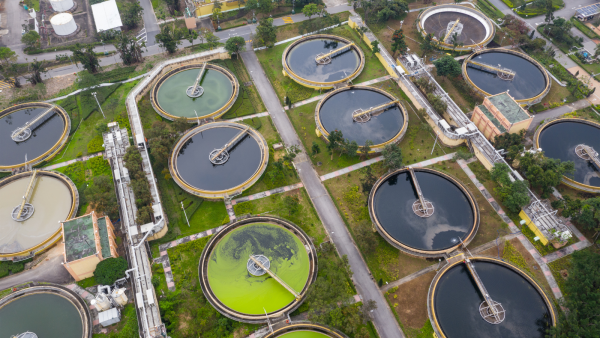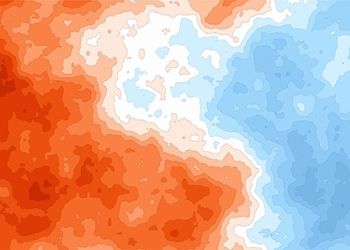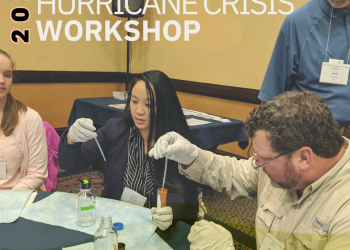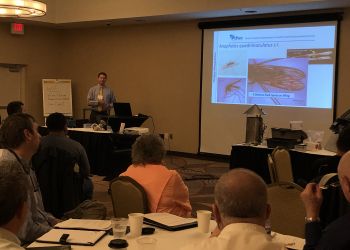The National Academies of Sciences, Engineering, and Medicine (NASEM) released a consensus study report, Wastewater-based Disease Surveillance for Public Health Action, on January 19, 2023. At the request of the U.S. Centers for Disease Control and Prevention (CDC), a committee of experts was assembled by NASEM to review the current utility of community-level wastewater surveillance during the COVID-19 pandemic and its potential for the control and prevention of other infectious diseases. The study was commissioned by the National Association of County and City Health Officials (NACCHO). This first report summarizes the findings from Phase 1 of the committee’s review on how wastewater surveillance has been a helpful tool to understand COVID-19 in communities and to inform local public health decision-making. The committee concluded that wastewater surveillance has been, and will continue to be, a valuable component of the U.S. response to the COVID-19 pandemic. The innovation in wastewater surveillance systems spurred by the pandemic provides a look into a future where such systems can be used for infectious diseases beyond COVID-19. The Phase 2 report of this study, estimated to be released in 2024, will provide a detailed technical evaluation and needs assessment for the national wastewater surveillance program.
NACCHO is committed to aiding local health departments in implementing wastewater surveillance systems through a mentorship program, which will open applications for its second cohort in the coming months.
What is Wastewater-based Disease Surveillance?
Wastewater-based infectious disease surveillance systems are used to detect the presence of pathogen biomarkers, which are typically shed by humans in the form of microbial deoxyribonucleic acid (DNA) or ribonucleic acid (RNA), in untreated wastewater. When the sampling and analysis of this is done at the municipal wastewater treatment level, it is called community-level wastewater surveillance. This surveillance allows for the aggregation of data from all homes and institutions that share a common sewer system. Such sewer systems encompass communities ranging in size from 400 to 4 million people.
While this kind of surveillance existed prior to the COVID-19 pandemic, it was this pandemic that led to the widespread implementation of community-level wastewater surveillance across the United States. Municipalities can detect the presence and quantity of SARS-CoV-2 RNA in the wastewater of their sewer systems.
To centralize the increasing development of such surveillance systems, the CDC and the U.S. Department of Health and Human Services launched the National Wastewater Surveillance System (NWSS) in September 2020. As of October 2022, sampling from the NWSS covers more than 133 million people.
Report Conclusions
This new report’s goal is to assess how useful community-level wastewater surveillance has been in understanding COVID-19 across U.S. communities and in informing public health decisions. Beyond this, the report seeks to understand how this surveillance may be applied beyond the current COVID-19 pandemic and what a robust national surveillance system may look like.
Some of the conclusions made by the committee include:
- Wastewater surveillance informs COVID-19 policy decisions and allocation of both public health and clinical resources.
- Wastewater surveillance data is useful for understanding trends and new disease variants in the COVID-19 pandemic.
- With the rapid innovation of wastewater surveillance during the pandemic, the challenge is now to create a standardized national system for surveillance.
- A future NWSS should be actionable, flexible in tracking multiple pathogens and adapting to new threats, and equitable, with a focus on engaging communities not currently represented by wastewater surveillance.
- Coordination among utilities, laboratories, public health agencies, and all other parties involved in wastewater surveillance is essential to building an effective NWSS.
In looking at a future beyond COVID-19, the report sees that the NWSS could be adapted for use in tracking emerging and re-emerging infectious diseases. Two components lie at the center of the effort to develop a strong NWSS: ongoing, sustained federal funding and efficient collaboration amongst key stakeholders and collaborators.
NASEM’s report can be found here.
NACCHO & Wastewater Surveillance
NACCHO piloted a mentorship program in 2022 featuring a mentor site (Tempe, AZ) and two mentee sites (Chautauqua County, NY, and Genesee/Orleans County, NY) to support the development of wastewater surveillance programs for SARS-CoV-2 at local health departments. A second cohort of the mentorship program will open for applications in the upcoming months. Interested applicants can find more information when available here.






